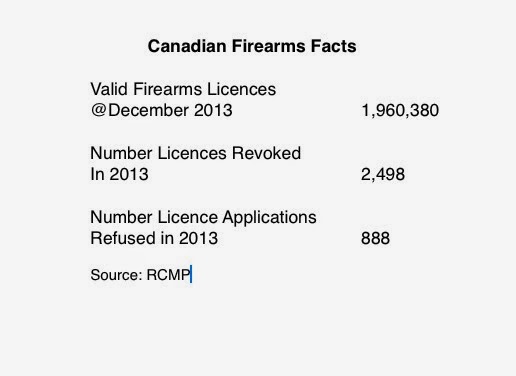Industrial
smog isn’t the only health hazard threatening the future of China. Tobacco
smoke is killing an estimated one million Chinese every year and smoking
related disease is straining the country’s health care system.
There are 365 million tobacco smokers in
China consuming close to 40 per cent of the world’s cigarettes. The Global
Adult Tobacco Survey has shown that 52.9 per cent of Chinese men and 2.4 per
cent of the women smoke.
Getting
so many millions of people to quit smoking is a gargantuan task. Compounding
the task is a sad fact: Chinese governments, like Canadian governments, are
addicted to tobacco revenue. Revenues from tobacco taxes and tobacco production
account for fifteen per cent of the Chinese central government’s annual revenue,
says the Food and Agriculture Organization of the United Nations. The annual
budgets of Chinese cities in agricultural areas are hugely dependent on tobacco
revenue.
There are millions of tobacco growers in
China and the state-owned China National Tobacco Corp. produces two of every
five cigarettes produced worldwide. So millions of Chinese are dependent on
tobacco money.
Reducing smoking to save lives and reduce
health costs means flirting with economic disaster. That’s why Chinese tobacco
policies have been so contradictory.
Anti-tobacco crusaders outside China have
suggested replacing tobacco crops with food crops. The idea is that as tobacco
crops dwindle, the state tobacco company will have to pay higher prices to
alternative tobacco sources. Paying more for tobacco leaf will mean having to
raise consumer tobacco prices. Higher retail prices are touted as a means of
getting people to quit smoking.
Canada has tried that. And, Canada has a
continuing contraband tobacco problem.
Canada also tried crop replacement in 2008,
forcing a majority of tobacco farmers out of business. However, since then the
Canadian tobacco growing business is growing again with production up 140 per
cent by some estimates.
 |
| Smoke Shack in SOntario - Ron Poling |
Much of that new growth has been in southern
Ontario where Grand River Enterprises on the Six Nations Reserve has developed
into a major cigarette producer. It has a contract to supply 12 million pounds
of tobacco to China.
Higher taxes and more law enforcement are not the most effective ways to reduce smoking rates. The most effective tool in getting people to
stop smoking is education. It’s a long and slow and difficult process but it
works.
The good news from China is that the country is making a start in that direction.
The good news from China is that the country is making a start in that direction.

